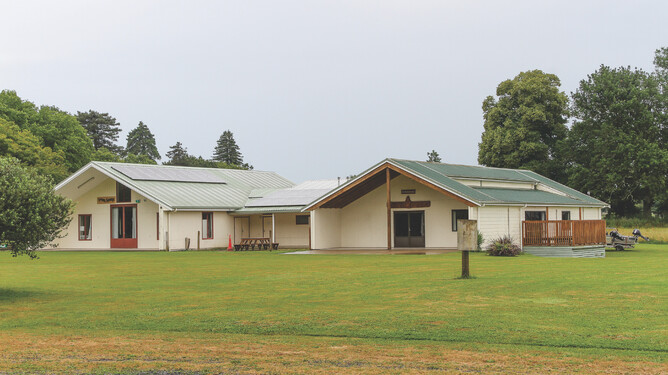Ngā Hau e Whā – Cambridge’s urban marae
A kilometre from the centre of town, Ngā Hau e Whā (the Cambridge Community Marae) sits tucked almost out of site on the corner of Bracken Street and Pope Terrace in Leamington.
Ngā Hau e Whā, which translates to “the four winds” is an urban community marae that was established to create an inclusive space for everyone, regardless of their background, ethnicity, or age. Located within the iwi boundaries of Ngāti Korokī Kahukura, Ngāti Haua and Ngāti Wairere, the marae was built in two stages thanks to the efforts of local whānau and community.
Meeting the community’s needs
Chairperson and trustee Tania Simpson reflects on the marae’s growth over the past 70 years but acknowledges there is still more to do to meet the evolving needs of the community.
Together with her dedicated volunteer committee and fellow trustees, she is focused on completing the final structural renovations, as the last major works were finished in 2008.
“While we have made significant progress over the years, we still have more mahi to do,” says Tania.
“Our buildings need further additions, as we’re missing a key part of our marae complex.”
The marae currently has a wharenui (main house) and the wharekai (dining hall and cooking area). What is needed now is a waharoa (entrance), to act as the gateway to the marae.
“The waharoa is an important part of the marae for a number of reasons” explains Tania.
“Not only does it mark the entrance to the marae, but it also is where pōwhiri (welcoming ceremonies) take place. It symbolises the boundary between the everyday world and the sacred space of the marae”.
A supportive environment
As a marae dedicated to people from all iwi and ethnic backgrounds in the community, visitors are welcomed into a supportive environment and an enriching space to connect to culture and traditions. People of all ages come together and share knowledge, stories and skills.
The marae regularly hosts school and community groups for visits, and wider activities like offering Te Reo Māori classes for those interested in learning or sharpening their reo skills.
Their Christmas Day lunch at the marae, which shows how aroha is shared back to the community, is a highlight in the calendar and in 2024 they held their first Christmas Market day which they hope to continue annually.
The marae is also used by various local and out-of-town community and recreational groups for weekend stays, wānanga or hui, conferences, and tangihanga.
Planning for future growth
While external construction continues, there have also been extensive internal upgrades and maintenance completed recently.
The marae has converted to mains gas providing fully functioning showers and there are now new mattresses and bedding for the wharenui. One of the most significant improvements is the state-of-the-art solar panel system installed on the roof. This upgrade will help the marae achieve substantial savings and support its sustainability goals.
“Fortunately, we have had access to grants and koha and are extremely thankful to everyone who has assisted with this process” says Tania.
In addition to construction of the waharoa, there are plans to expand the marae further, with new buildings imagined for training facilities, doubling as accommodation space to host multiple groups at a time.
“Many people have contributed to the vision of Ngā Hau e Whā and it’s important to honour that vision,” she says. “The urban marae is what makes us unique, and we are committed to strengthening and preserving that”.
For more information about Ngā Hau e Whā and to make bookings visit

